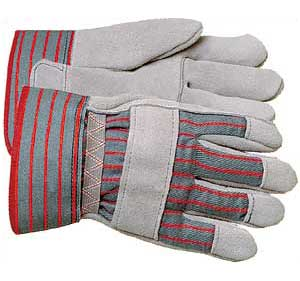Drill Press (Download)
Drill Press http:// www.redmond-machinery.com/delta_17-965.htm Types of Drill Press Traditional Drill Press The floor-standing drill press is large, with a more powerful motor than a hand held drill. The drill press is versatile, and designed for different shops, factories, and industrial applications. The platform is usually bolted or clamped to the surface below for stability. Floor-standing drill presses may be belt or gear powered. http:// visual.merriam-webster.com/house/do-it-yourself/carpentry-drilling-tools/drill-press.php Types of Drill P ress Inverted Drill Press The inverted drill press is a specialized use of the drill press on construction jobsites. This form of drill press is used for overhead drilling in areas that workers cannot access with a hand held drill . Goggles or full-face protection should be worn for overhead drilling http://enr.construction.com/products/equipment/2010/0407-InverteDrillPress.asp The History of the Drill press The earliest known drilling was done by the Egyptians during the construction of the pyramids. From this point on the drill concept was applied to water, oil, mineral, and salt drilling. The drill press was first developed as a mechanically geared tool. With the invention of electricity, the drill became a modern utility. http://takeadip.tripod.com/id16.html The History of the Drill press The first electric drill was invented by Arthur James Arnot and William Blanch Brain in 1889, at Melbourne, Australia. Wilhelm Fein invented the portable electric drill in 1895, at Stuttgart, Germany . The d rill press was eventually developed as a supported standing platform that housed a drilling mechanism. http://www.waltertool.com/century.html Safety Concerns Material Securing The primary safety concern during the use of a drill press is the rotation of material out of control In order to avoid materials flying out of control clamps are used. Eye Protection Safety goggles are the primary PPE needed when operating any drill press. Flying debris is a factor that must be considered before operating the drill press (wear goggles). http://www.justclamps.com/driipress_clamp.htm http://www.micro-machine-shop.com/drill_presses_and_chucks.htm Safety Concerns Hand Protection It is important for operators to always wear gloves during the operation of a drill press. Protection of the hands is needed in the event of material spinning or flying towards the hands of the operator. Drill bits can all become very hot in the drilling process http://www.lciglove.com/products/split.htm Fatality Cases A supervisor/drill press operator was fatally injured after his shirtsleeve was caught by the rotating drill bit of the drill press he was operating. A mill hand died when a drill was thrown from a shattered hard steel tool extension and struck him in his chest. This resulted in his death. http://www2a.cdc.gov/NIOSH-FACE/state.asp?Category=0012&Category2=ALL&Submit=Submit OSHA Regulations OSHA section 1910 subpart O: Machinery and Machine guarding -1910.217(b) Mechanical Power press guarding & Construction -1910.212(a)(1) One or more methods of machine guarding shall be provided to protect the operator and other employees in the machine area from hazards OSHA section 1926 subpart I: Tools -1926.302(a)(1) Electric power operated tools shall either be of the approved double-insulated type or grounded in accordance with Subpart K of this part. -1926.951(a)(1)(i) Tools and Protective Equipment: Rubber protective equipment shall be in accordance with the provisions of the American National Standards Institute (ANSI) http://www.osha.gov/pls/oshaweb/owadisp.show_document?p_table=STANDARDS&p_id=9836 Safe Work Practices Always wear PPE when in operation. Safety glasses, gloves, long sleeved shirt and closed toed shoes are recommended. Read and understand the safety precautions associated with the operation and storage of drill presses. Use clamps for securing the material to the drill press bench. Always inspect the machine prior to use for any abrasions in the power chord, faulty switches, etc. http://www.usmra.com/repository/category/hand_and_power_tools/Drill_Press_Safety.pdf Safe Work Practices Only drill with sharp drill bits When in operation, make sure to have a secure platform on which to drill. This needs to be a stable, relatively bulky item like a scrap piece of wood. Check the speed setting to see that it is correct for your work; holes over ½ inch should be bored at the lowest speed (use pilot holes when precision is needed). When changing drill bits, always wear gloves as the drill bits can become very hot in the drilling process Think Safety Work Safely

